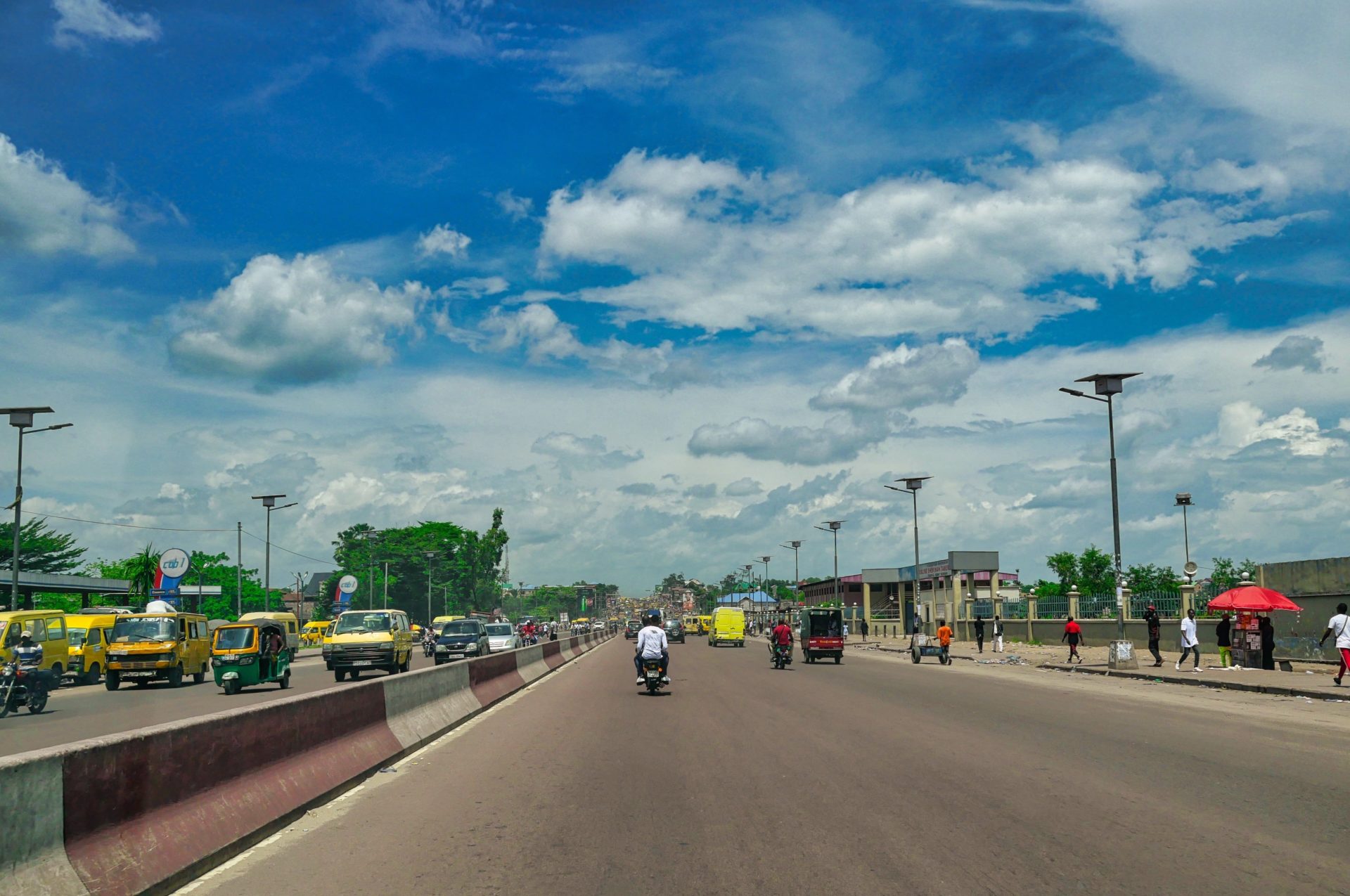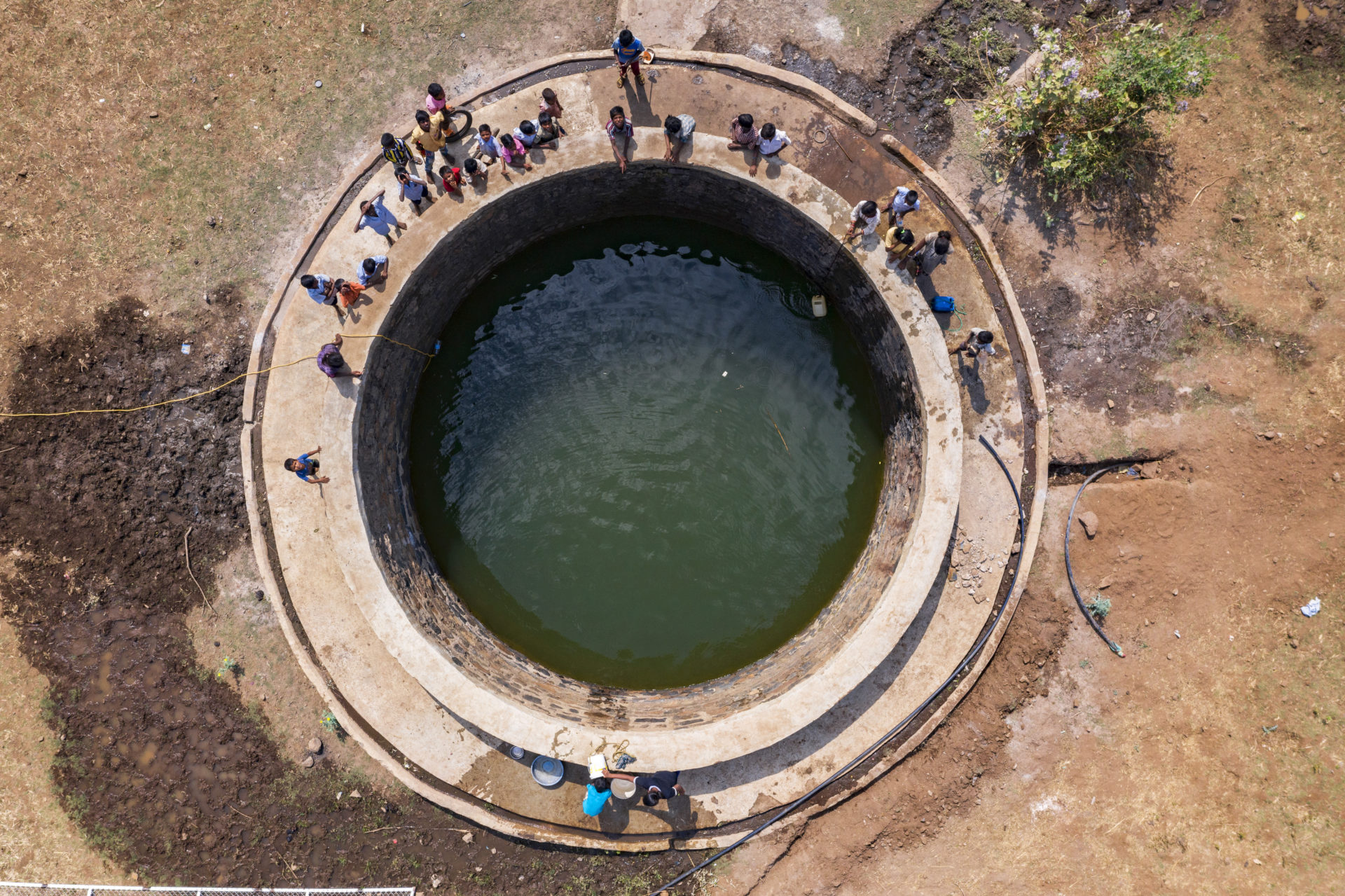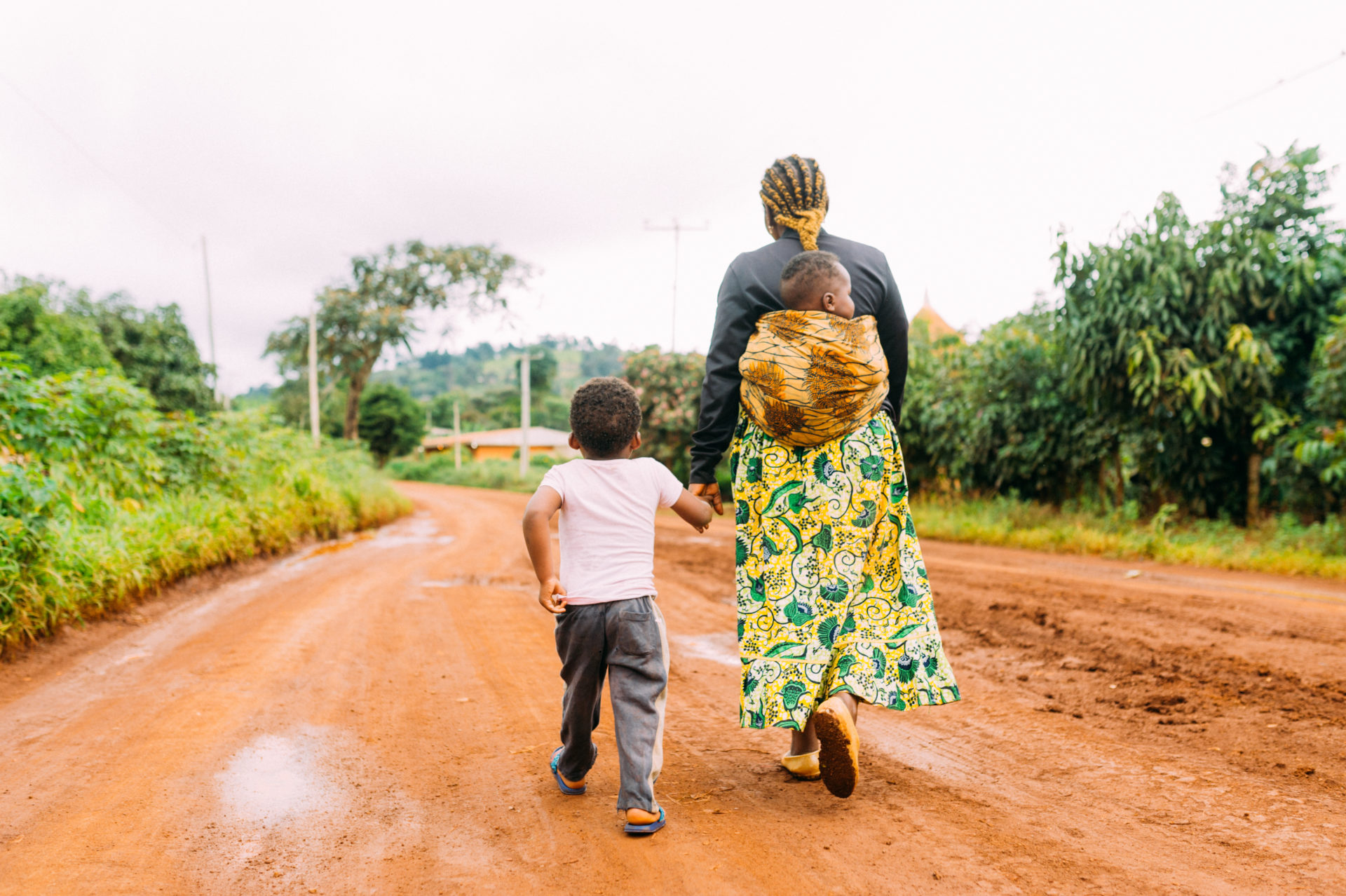
Climate change is probably humanity’s most critical challenge, and the risks are multiplying. By burning fossil fuels and deforesting vast areas, humans have increased concentrations of greenhouse gases in the atmosphere to levels unprecedented in at least 800,000 years. As a result, the Earth’s average temperature is rising, endangering food security, the availability of fresh water, biodiversity, and human lives. Demographic trends play an important role in understanding and confronting the world’s climate crisis.
The Earth has already warmed by at least 1.1°C relative to pre-industrial times, and governments’ existing pledges put us on track for an increase of 2.5-2.9°C by 2100, which would have disastrous consequences. Limiting the global temperature rise is imperative to humanity’s survival.
Preventing the worst impacts of climate change requires ending the burning of fossil fuels for energy, industry, and transportation. We must also change the way we produce and consume food. Ending deforestation and restoring ecosystems is critical to leveraging carbon storage and sequestration.
High-income areas, including Northern America and Europe, are responsible for the majority of historical emissions, so have a responsibility to lead on climate action and funding. Individual carbon footprints are the highest in wealthy nations, but the rapid growth in population and consumption in many developing countries is also increasingly contributing to global emissions.
28x
On average, people living in the United States produce almost 28 times more consumption-based CO2 emissions than people in Nigeria, one of the fastest-growing countries in the world.
10
Just 10 countries/areas are responsible for over two-thirds of annual global greenhouse gas emissions. In descending order of annual emissions, these are China, the United States, India, the group of 27 European Union countries, Russia, Japan, Brazil, Indonesia, Iran and Canada.
According to the UN, the world’s 46 least developed countries (LDCs) are among the world’s fastest-growing, and many are projected to double in population between 2022 and 2050. These countries are also some of the most vulnerable to climate change, meaning the number of lives and livelihoods at risk are rapidly increasing.

Climate change is closely linked to population growth. In high-income countries especially, each additional person causes significant emissions throughout their lifetime. High consuming lifestyles in the most affluent countries result in much higher per capita emissions than in middle- and low-income countries, where most of the world’s population lives and is projected to grow.
In contrast, people living in low-income regions still contribute very little to overall emissions but are disproportionately impacted by weather extremes, water stresses, and food production challenges associated with a warming climate. In the center of the spectrum are middle-income countries, home to 75% of the world’s population. In emerging economies, industrialization is leading to increased consumption and emissions. Without changes to how economies tend to grow, and with continued population growth, carbon emissions will continue to rise. India, for example, where per capita consumption is still relatively low, is already the world’s third largest national emitter, after China and the United States.
One of the many unjust realities of the climate crisis is that those who have contributed the least to historical emissions are now the most threatened by its impacts. In addition, the most vulnerable communities have an urgent need to increase their living standards, but the processes of industrialization that have historically facilitated increases in quality of life, overall health, and economic growth in affluent nations are making it harder to achieve a sustainable future.
The biggest source of greenhouse gas emissions is energy use in industry, responsible for around a quarter of global emissions, followed by agriculture and land use (18.4%), energy use in buildings (17.5%), and transport (16.2%).
The food system as a whole — including refrigeration, food processing, packaging, and transport — accounts for around one-quarter to one-third of global greenhouse gas emissions.
Livestock farming in particular is responsible for more than half of global greenhouse gas emissions from food, and is the main driver of tropical deforestation, making the growing demand for meat and dairy incompatible with climate goals.

Rising sea levels due to ice melt pose a growing threat to the more than 10% of the global population living in low-elevation coastal zones. The World Resources Institute projects that the number of people affected by riverine and coastal flooding will double by 2030.

10.4
The UN’s medium variant projection (their most likely scenario) shows that the global population will likely grow to 8.5 billion in 2030, 9.7 billion in 2050, and peak around 10.4 billion in the 2080s.
9/10
Nine out of the ten countries that are facing the worst impacts of climate change are in sub-Saharan Africa, which is expected to double in population by 2050, accounting for half the world’s population growth between now and then. People in Chad, Central African Republic, and the Democratic Republic of the Congo, for example, are being hit by increasingly severe and frequent droughts, extreme heat, and soil erosion, amidst rapidly growing populations.
25 countries, home to a quarter of the global population, are experiencing “extreme” water stress, meaning they are using at least 80% of their available freshwater supply every year. Due to population growth, by 2050, an additional 1 billion people are expected to experience extremely high water stress, even if the world limits global temperature rise this century to between 1.3°C and 2.4°C.

Population pressures compound the negative effects of climate change. Both population growth and climate change contribute to resource depletion, economic insecurity, and decreased overall health. Growing populations increase demand for these diminished natural resources, furthering environmental degradation and posing challenges for equitable resource allocation. Additionally, population pressures undermine food security, poverty alleviation, access to education, the status of women, and climate adaptation.
As there is no panacea for combating climate change, a wide variety of options needs to be exercised. An integrated approach includes educating girls and empowering women to make their own childbearing decisions.
Worldwide, many of the same regions that experience high fertility, low economic status, and high climate vulnerability also have a high unmet need for contraceptives and reproductive health services. Recent research from Project Drawdown shows that slowing population growth by removing barriers to family planning and girls’ education could prevent 68.9 gigatons of CO2 equivalent emissions by 2050, making it the third most powerful available action to limit warming to 2°C.
Investing in family planning is an extremely cost-effective climate change solution—both in terms of upfront cost and return on investment. The emissions averted through investments in family planning are also much cheaper (about $4.50 per ton of CO2) in comparison to other options such as solar power ($30 per ton) or carbon capture and storage ($60 per ton).

The UN estimates there is currently a $100 million funding gap for meeting family planning needs worldwide, which will increase to over $1 billion by 2030 without the acceleration of commitments. Increasing spending to fill the unmet need for family planning services will help address a variety of global challenges, ranging from development and human rights to climate change mitigation and adaptation. Healthy and educated populations are also better equipped to weather the effects of climate change.

Relevant SDG Targets
Strengthen resilience and adaptive capacity to climate-related hazards and natural disasters in all countries
Integrate climate change measures into national policies, strategies, and planning
Improve education, awareness-raising, and human and institutional capacity on climate change mitigation, adaptation, impact reduction, and early warning
Implement the commitment undertaken by developed-country parties to the United Nations Framework Convention on Climate Change to a goal of mobilizing jointly $100 billion annually by 2020 from all sources to address the needs of developing countries in the context of meaningful mitigation actions and transparency on implementation and fully operationalize the Green Climate Fund through its capitalization as soon as possible
Promote mechanisms for raising capacity for effective climate change-related planning and management in least developed countries and small island developing States, including focusing on women, youth, and local and marginalized communities
Read More
Climate Change Info Brief
Demographic trends and variables play an important role in understanding and confronting the world’s climate crisis. This resource provides a comprehensive analysis of the ways in which population growth and dynamics intersect with climate change. The brief concludes by arguing that efforts to address climate change must include increasing access to reproductive health care services, education, and voluntary family planning options.
Climate Change Slide Deck
This presentation explores the connections between population dynamics, access to comprehensive health care, and climate change. Through an historical examination of global population dynamics, the slide deck will help clarify the links between poverty, marginalization, women’s rights, and environmental pressures made worse by climate change. The presentation concludes by showing how access to family planning and reproductive health care services is critical to women’s empowerment and can play an impactful role in climate adaptation and mitigation efforts.
Recommended Readings
Browse literature on population growth and climate change. This resource provides academic sources, research published by NGOs and government agencies, and relevant news articles—perfect for curating a course reading list for college students.
